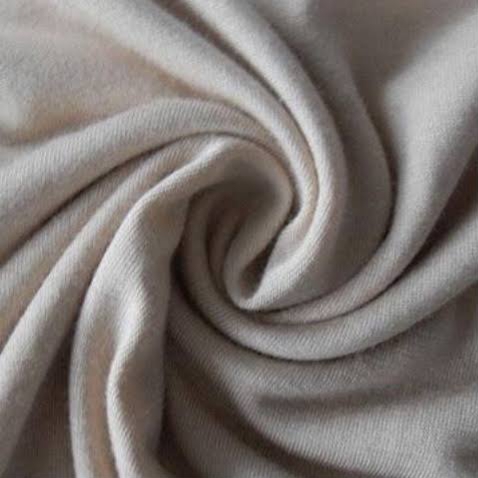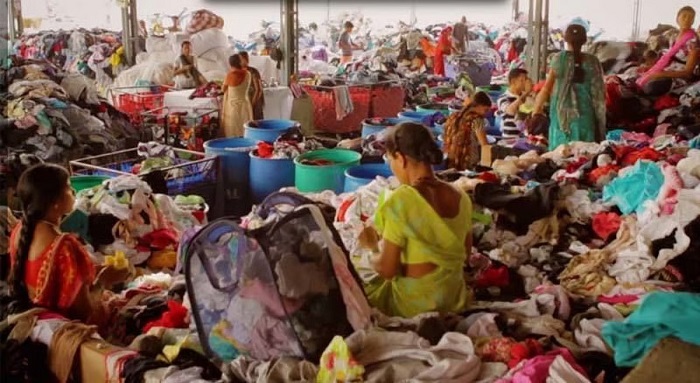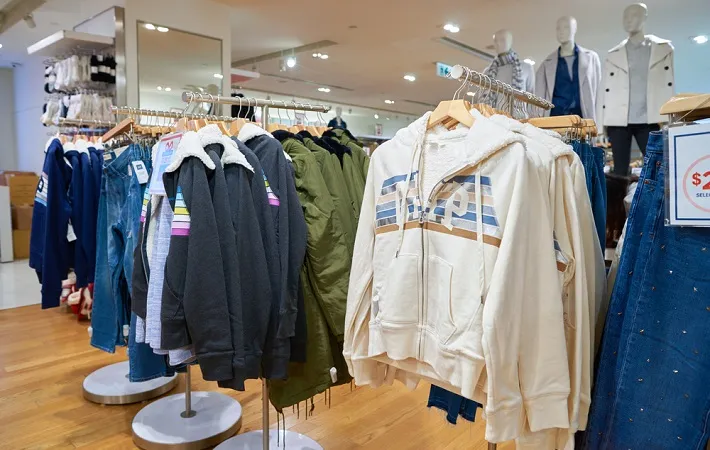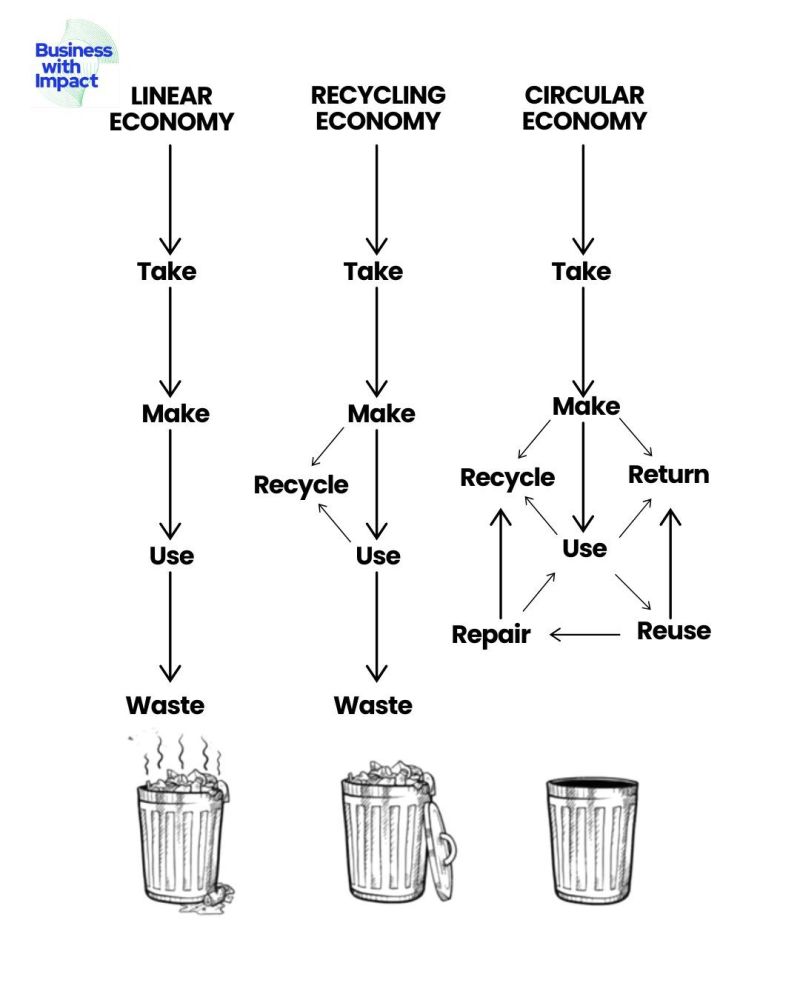Even though the September-October period is known as the peak season for sale of rayon grey fabric in China, the market did not perform as well as expected. Production in weaving mills of Gaomi, Nantong and Shijazhuang surpassed sales leading to a lot of unsold inventory. Fabric mills in Shandong, Hebei, Shaanxi and Zhejiang shifted their production to polyester/rayon and interwoven fabrics as not only the demand for conventional fabrics shrank but even the supply exceeded demand and prices remained sluggish.
 Even though the September-October period is known as the peak season for sale of rayon grey fabric in China, the market did not perform as well as expected. Production in weaving mills of Gaomi, Nantong and Shijazhuang surpassed sales leading to a lot of unsold inventory. Fabric mills in Shandong, Hebei, Shaanxi and Zhejiang shifted their production to polyester/rayon and interwoven fabrics as not only the demand for conventional fabrics shrank but even the supply exceeded demand and prices remained sluggish. The three days of holidays that weavers had in the mid-autumn festival further dampened their confidence towards the future growth prospects.
Even though the September-October period is known as the peak season for sale of rayon grey fabric in China, the market did not perform as well as expected. Production in weaving mills of Gaomi, Nantong and Shijazhuang surpassed sales leading to a lot of unsold inventory. Fabric mills in Shandong, Hebei, Shaanxi and Zhejiang shifted their production to polyester/rayon and interwoven fabrics as not only the demand for conventional fabrics shrank but even the supply exceeded demand and prices remained sluggish. The three days of holidays that weavers had in the mid-autumn festival further dampened their confidence towards the future growth prospects.
Changing demand and consumption patterns impacts production
The uncertain external environment and unstable feedstock prices during the period compelled traders to remain on the sidelines. Though the market started improving from late-August, weavers still held a pessimistic view of the market as sales continued to be weak and prices remained sluggish. Besides external factors, the shrinking sales ratio of end-user products also affected the market.
prices during the period compelled traders to remain on the sidelines. Though the market started improving from late-August, weavers still held a pessimistic view of the market as sales continued to be weak and prices remained sluggish. Besides external factors, the shrinking sales ratio of end-user products also affected the market.
Changing demand and consumption patterns and a rapid follow-up of apparel production capacity in Southeast Asia has led to fast decline in apparel production in China in recent years. During the first half of 2019, apparel production dropped on basis of a large fall in 2018. From Jan to Dec of 2018, sale of apparels declined by 22.6 per cent to 22.274 billion garments while from Jan to Jun 2019, it declined by 1.09 per cent year-on-year to 10.413 billion garments.
Weavers adopt a cautious approach
Exports of cotton apparels also shrank rapidly. From Jan to Dec 2018, exports declined by 3.2 per cent to 13.03 billion pieces while from Jan to June 2019, they further declined to 6.07 billion pieces.
Some other factors that impacted the rayon grey fabric market in China were the intensification of trade protectionism and asymmetric advantages of textile and apparel in Southeast Asian countries. These led to a low demand from foreign importers further dampening the hope of weavers who are still selling only those stocks whose prices have stabilized.











